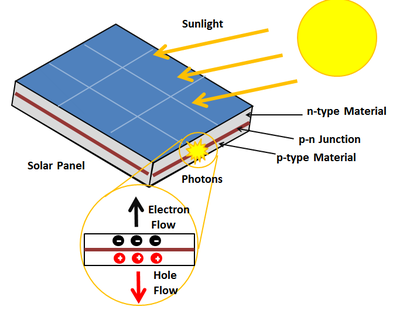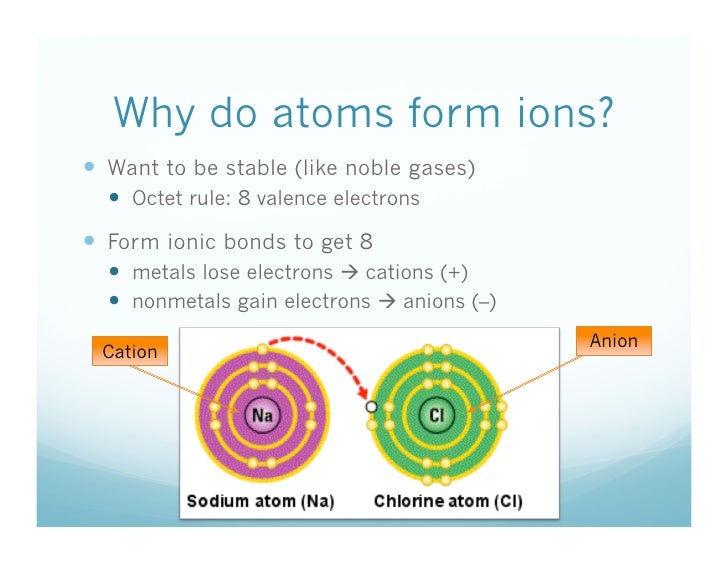Thursday, 21 November 2019
Wednesday, 20 November 2019
Magnetism
How does magnetism work? Magnetism is a force that can attract or repel objects that have a magnetic material like iron inside of them. Magnets have magnetic fields. In order to magnetize something, You need to put it closer to the magnet because the magnet has a magnetic field that attracts metals such as Iron. Magnets have many use. One of them was found a long time ago. A magnet could be used as a compass to show the direction of north and south.
North Magnetic pole: The north magnetic pole is the point on the surface of Earth's northern Hemisphere where the planet's magnetic field points vertically downwards.

North Magnetic pole: The north magnetic pole is the point on the surface of Earth's northern Hemisphere where the planet's magnetic field points vertically downwards.
How is Electricity Made
When it rains, the water droplets can freeze in mid air and rub against each other. This creates electricity and it is usually released by a bolt of lightning. However, Some animals like an electric eel, Produce and store electricity. They use this to hunt prey or as a self defense to a threat. Humans the learned how to harness and store energy. You can harness energy in different ways but there is a way that is very effective. It is called Photo voltaic cells. It converts solar energy to electricity. A solar cell, or photo voltaic cell, is an electrical device that converts the energy of light directly into electricity by the photo voltaic effect, which is a physical and chemical phenomenon. Here is an image of the parts of a photo voltaic cell.


How do Atoms form Ions
Atoms start out electrically neutral because they have the same number of negatively charged electrons and positively protons. However, An ion is an atom that has gained or lost one or more electrons. Therefore, it has a negative or positive charge.
For example, Sodium. A sodium atom has one electron in the outer shell. A chlorine atom seven electrons in the outer shell. A sodium atom loses an electron to a chlorine atom. The sodium atom becomes a positive sodium ion.

For example, Sodium. A sodium atom has one electron in the outer shell. A chlorine atom seven electrons in the outer shell. A sodium atom loses an electron to a chlorine atom. The sodium atom becomes a positive sodium ion.

Subscribe to:
Comments (Atom)